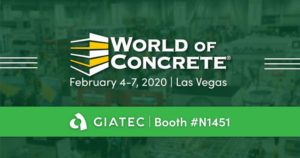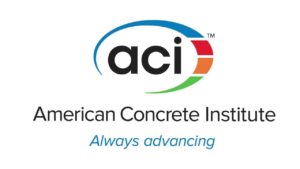The Utah Department of Transportation is using a recyclable resource to repair worn bridges along one of the busier highways in Salt Lake County.
On Friday, the agency exhibited an inventive system of high-pressure water jets to repair bridge decks on the $105 million I-215 project.
This is the first time the process has been employed in the Salt Lake Valley. Hydro demolition will allow crews to be more detailed while restoring the bridge, which saves time and money, explained UDOT project manager Oanh Le-Spradlin.
“While we are reconstructing I-215 with all-new concrete pavement, we also want to preserve what we have where possible,” she said. “Utilizing an innovative tool like hydro demolition helps us accomplish that on several bridges without spending the money on a complete rebuild.”
Le-Spradlin said the hydro demolition technique is being used to remove the top few inches of the pavement on I-215 bridges at 3500 South and 3800 South, leaving most of the existing pavement and reinforcing steel intact.
Other demolition methods could hypothetically cause structural damage and require more extensive repairs, resulting in higher costs and extended construction schedules, she said.
According to Le-Spradlin, using hydro demolition to remove and replace the concrete bridge decks will lengthen the life of the bridges by about 15 years.
The hydro demolition process utilizes a machine that moves over sections of bridge pavement spraying water under ultra-high pressure to remove the top 3 to 4 inches of the concrete deck.

The machine sprays water at up to 36,000 pounds per square inch — up to 24 times more powerful than the average home pressure washer. After a few passes, a cleaning crew with a vacuum collects the water and concrete material broken up by the machine. The vacuum uses a water jet — similar to how a dentist does a teeth cleaning — to dislodge debris and then suck it up.
The hydro demolition device sprays 15,000 to 17,000 gallons per 10-hour shift — about the amount needed to fill the average in-ground backyard pool. The water and debris are collected on-site, pumped into tanks, filtered, then sent to a treatment plant and recycled back into the system, Le-Spradlin said. All of the vacuumed materials are reused as road base on construction projects, she added.
“It’s very, very clean and environmentally friendly technology,” Le-Spradlin said.
To complete the project with a less precise method that caused more damage to the bridges could cost about four times as much as the hydro demolition method, she added.
During construction, all four lanes of traffic on the west side of I-215 will remain open in each direction during the morning and evening commutes, UDOT spokesman John Gleason said. Most work, along with the necessary lane restrictions, is scheduled at night to reduce delays, he noted.
Work on the I-215 project is scheduled for completion in the fall of 2017.




